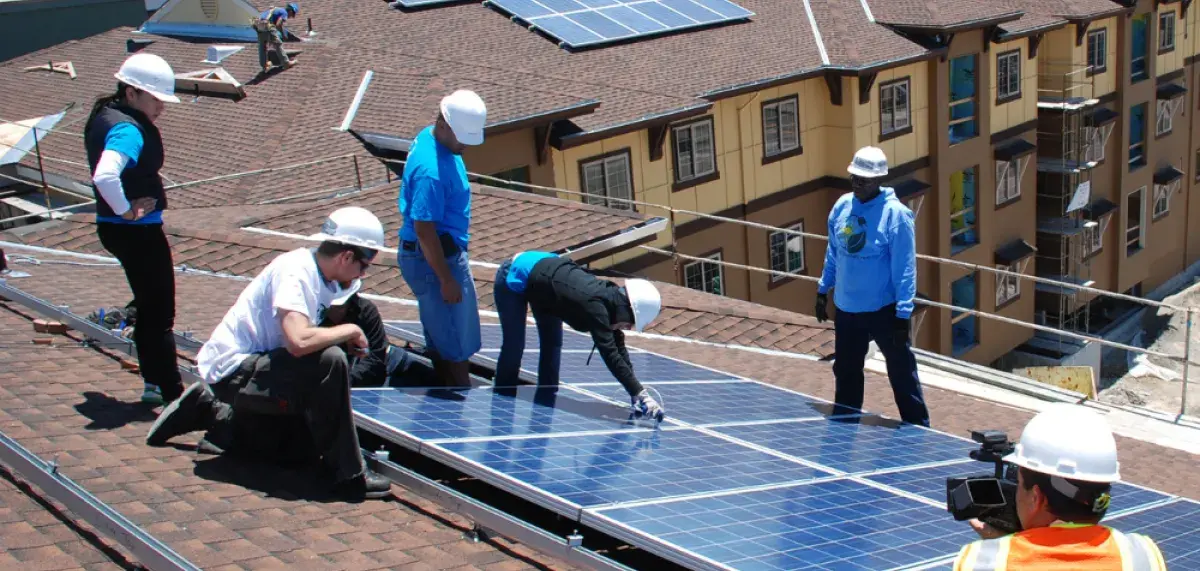Year End Season of Giving
Support affordable housing as we close out 2025.

On December 5, 2022, National Housing Trust – in tandem with 17 other organizations – provided input to officials at the U.S. Environmental Protection Agency (EPA), recommending that future investments to reduce greenhouse gas emissions focus on affordable housing. As developers and owners of affordable housing, we strongly believe that doing so fulfills the goals of the IRA-authorized Greenhouse Gas Reduction Fund (GHGRF).
Through the GHGRF, EPA will invest $27 billion to finance and leverage private capital for clean energy and climate projects that reduce greenhouse gas emissions – emphasizing projects that benefit low-income and disadvantaged communities. Housing represents an important – and often overlooked – sector for carbon reduction, accounting for 21% of total U.S. energy consumption in 2021 and nearly 20% of CO2 emissions. Multifamily housing is ripe for investments that benefit low- and moderate-income households, wherein 42% of apartment households have incomes below $35,000 compared to 25% of households nationwide.
But as necessary as this fund is for our climate, it also represents a critically important opportunity for affordable housing residents. If invested in affordable housing, the GHGRF will:
If implemented across NHT’s affordable housing portfolio, these benefits would accrue to residents that are almost universally people of color, thereby also serving as tangible steps towards achieving racial equity by directly seeking to repair racially disparate outcomes in housing.
But that future isn’t attainable without clear and intentional effort by EPA and others. Our comments to the agency charged with designing this all-new program make this point and ask EPA to:
NHT and our partners recognize the tremendous opportunity of this investment and the challenges associated with leadership by an agency not traditionally responsible for affordable housing. We are committed to supporting EPA and the other agencies charged with implementing the Inflation Reduction Act – namely HUD, DOE, and Treasury – and their state affiliates to ensure that we do not miss this moment to catalyze affordable housing into a climate-responsive future. Our residents – and all residents of affordable multifamily housing across the U.S. -- deserve nothing less.
Read our full comments to EPA here.